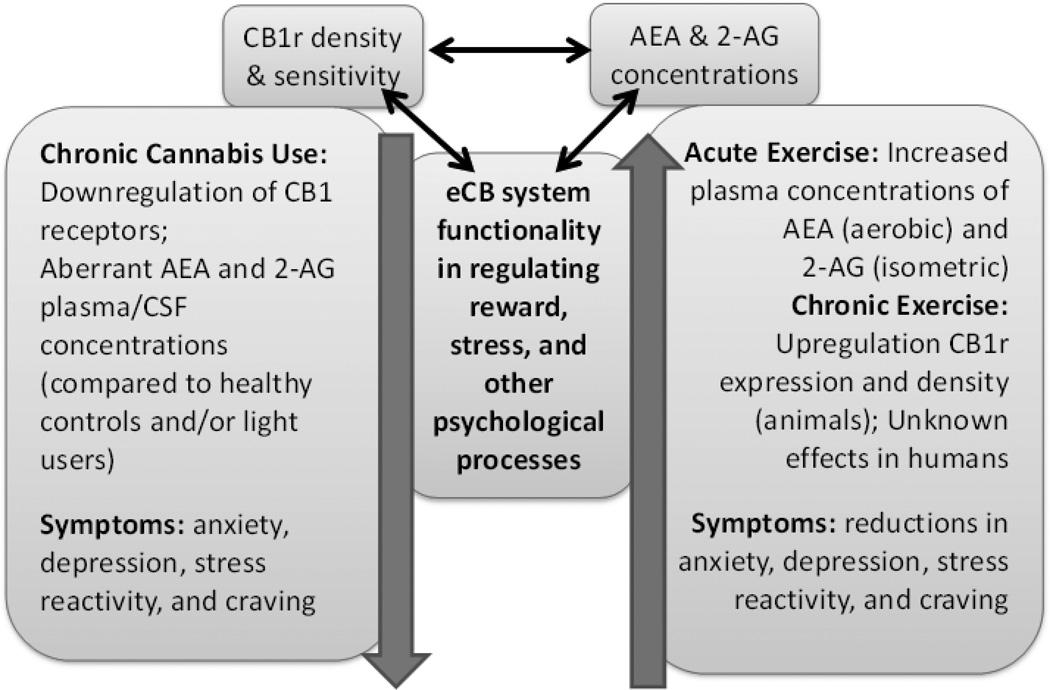Figure 1. Schematic of the relationships between the endocannabinoid system, chronic cannabis use, and exercise.
It is proposed that chronic, heavy cannabis use dysregulates the endocannabinoid (eCB) system, which is highlighted by a downregulation of CB1 receptors (CB1r) in several brain regions including the hippocampus, substantia nigra, and ventral striatum, which are regions implicated in reward and stress processing. Changes in eCB physiology as a result of cannabis use could contribute to psychological outcomes including heightened anxiety, depression, stress reactivity, and craving. Conversely, acute exercise in humans has been shown to increase circulating levels of anandamide (AEA) and 2-arachidonoylglycerol (2-AG), and chronic exercise in animals has been found to upregulate CB1 receptors, most notably in the hippocampus. ECB changes have been associated with beneficial psychological outcomes including reductions in anxiety and increases in positive affect. Exercise has also been shown to relieve anxiety, depression, and craving in a variety of substance use populations. More research needs to be conducted to further develop these proposed relationships.

